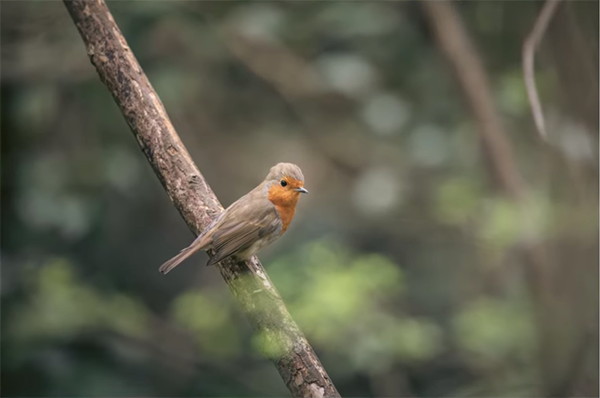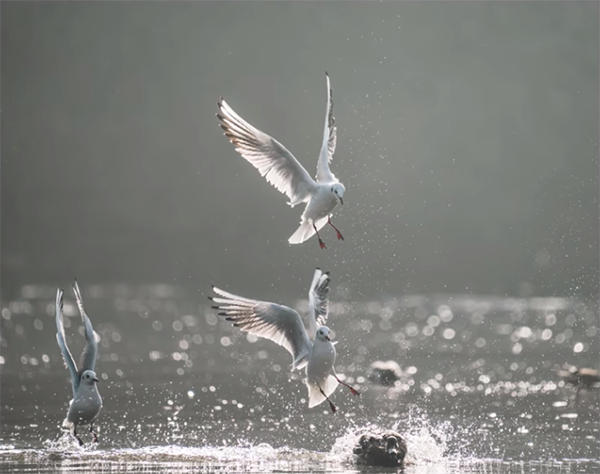Intimidated by Bird Photography? Here’s How to Get Started (VIDEO)
Bird photography is an exciting and very accessible genre, with beautifully colored subjects as close as your own backyard. Yet, some shooters feel intimidated and overwhelmed because they mistakenly think photographing our feathered friends is beyond their skills.
Today’s tutorial from Park Cameras, a leading retailer in the UK, is a straightforward primer designed to ally all these apprehensions so you can start photographing birds today. Even more experienced shooters will pick up valuable tips for upping their game.
All you’ll need after watching this lesson is a bit of practice in your yard, a local park, or at a nearby nature preserve. Instructor Gareth Evans posts weekly tutorials every Tuesday, and this episode covers everything from focus, exposure, and other key camera settings, to composition and gear. He even describes the mistakes he made early on, so you don’t make them yourself.

When first getting started Evans says not to worry about finding a location with the biggest, most colorful, or exotic species. Instead, just go to a place where you’re certain to find a bunch of birds. In addition to the spots mentioned above, lakes, rivers, and the seashore offer plenty of subjects for practicing your newfound skills. When you’re happy with the results, it’s then time to move on to more challenging situations.
It’s likely you already own the right gear for your initial forays into this type of shooting. Whatever camera you own, and a telephoto zoom like a 70-200mm, will get the job done. While Evans always has a tripod in the car, he rarely uses it. He says that shooting hand-held, “gives me the most freedom to spot a bird, raise my lens, be able to track it, and take the photo.”
Evans moves along to technical matters and describes the important differences between photographing stationary birds in interesting poses, and the more difficult task of shooting birds in flight. This consideration impacts a variety of factors from camera settings like focus modes, and how you expose the shot.

It’s also helpful to do a bit of research on the species you confront most, because understanding their feeding habits, flight patterns, and other predictable forms of behavior will give you a big advantage. Care to guess what Evans considers his most important tip? He says, “patience is by and away the biggest part of taking good photos of birds!”
Take a look at the other great tips Evans provides, and then head over to the Park Cameras YouTube channel for more of the same. We also suggest watching another tutorial we posted, explaining several unfamiliar tips for sharper wildlife and nature photos from a long-time German expert.




